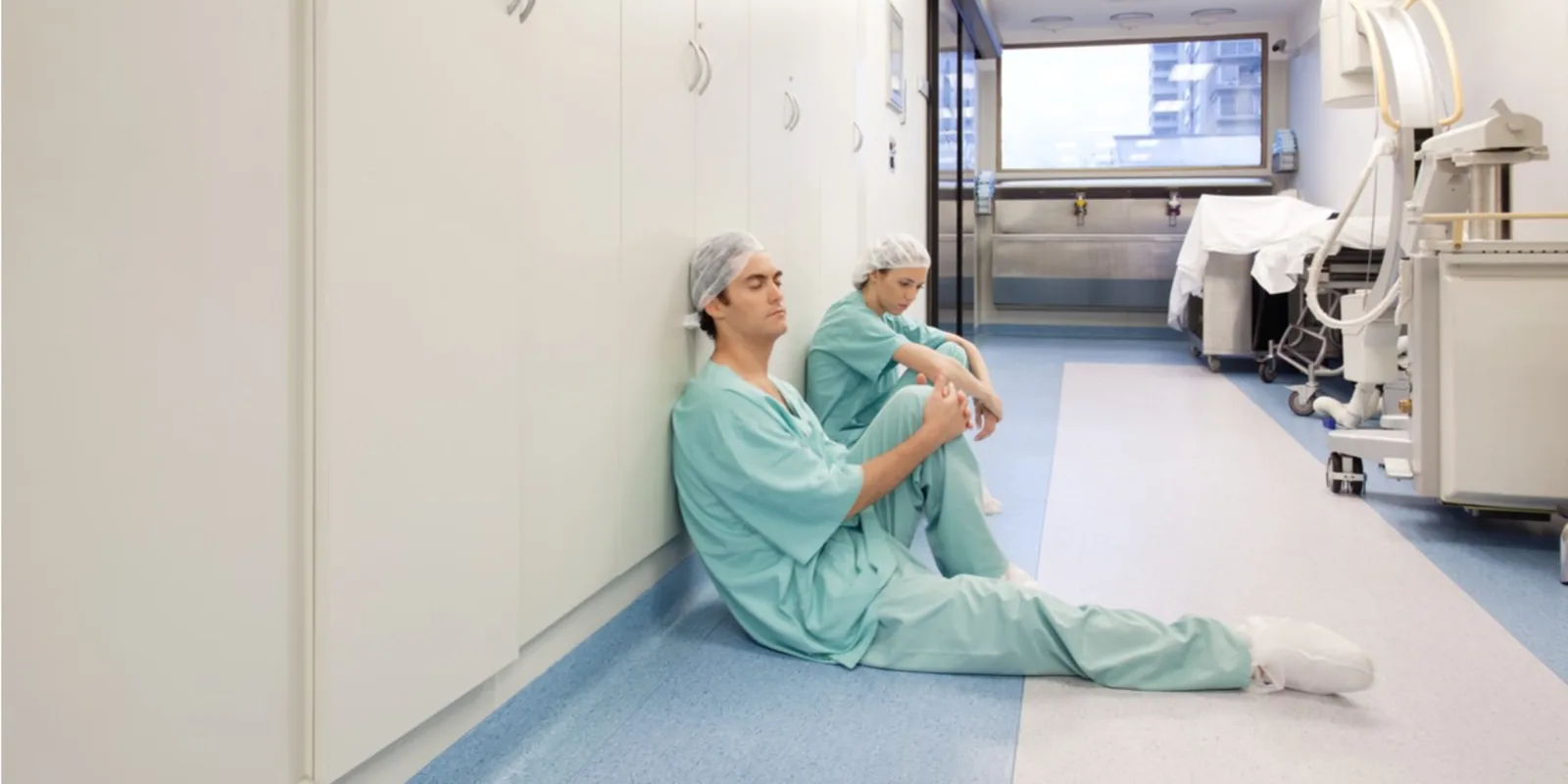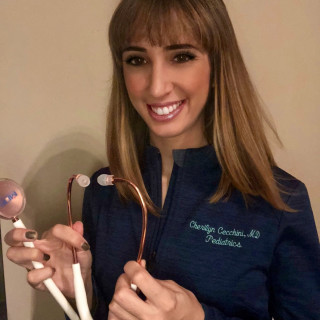
So, you’re a brand new shiny intern and you are ever-excited to start your initial days as a supervised, practicing physician. Your doctor badge is bright and unworn, ready for you to hang on your white coat. You love the autonomy and you are so glad to finally be caring for patients. You wake up before 5 in the morning for up to eighteen days in a row. You work 28 hour shifts with a smile. You find yourself coming home at night with two hours to yourself before you fall asleep and start the cycle over again.
After a while, you start to lose that sparkle. The novelty of this process has begun to wear off. You start to feel the effects of having four days off within an entire month. You struggle to prioritize your free time. You lose connections with your friends and your family. You sacrifice sleep so that you can feel sociable and you suffer through the long shifts. You are error-prone given your never ending, chronic exhaustion. You find yourself working these shifts without having the opportunity to have deep, meaningful conversations with any colleagues. You have no time to go back in and check on your patients for longer than a few minutes.
You ultimately feel completely detached from your job and your life. What once brought so much excitement and happiness now brings dread and fatigue. You consider seeking counseling, but you’re worried about the confidentiality of these systems and you barely have enough time to take a shower some days, let alone fit in consistent therapy appointments. You worry about the potential consequences imposed by the medical board if they are alerted to your need for psychiatric services.
Enter, burnout. Ah, yes, physician burnout is one of the hot topics that has been getting attention for some time now. Did you know that burnout rates among residents are 55 to 60 percent in pediatric training programs? Nearly half of physicians and trainees suffer from burnout during or after training. Many refer to burnout when trying to explain the reason why an increasing number of young physicians are turning away from clinical practice. There are entire physician-founded platforms dedicated to helping doctors find non-clinical career opportunities, such as “Drop-out Club”.
So, what exactly is burnout? By definition, burnout is physical or mental collapse caused by overwork or stress. This definition is one hundred percent accurate. Top causes of burnout in 2017: long work hours, increased computerization of tasks, feeling like a cog in a wheel, and numerous bureaucratic tasks. Additional sources discuss having a life as one of the main contributors. Cardinal symptoms of burnout are discussed at length by Dr. Drummond, Mayo-trained family practice physician and creator of TheHappyMD.com. Exhaustion and de-personalization, fittingly, are mentioned here. is another. Lack of efficacy is also cited, which may be a later symptom of burnout that ultimately surfaces after weeks of feeling detached and unproductive.
Burnout then leads to topics that are sadly still considered taboo, such as physician suicide. As a physician, it is frowned upon to ask for help at any point because that would be admitting weakness. Physicians are the ultimate superheroes. It is impossible for a physician to experience depression, to be facing a break-up or a divorce, to be involved in a custody battle, or to suffer from addiction, right? Wrong. Physicians are humans and at times may require the same healing that they have dedicated their careers to delivering.
So, logically one would now wonder, what is anyone doing to tackle physician burnout? There are resources online available to physicians listing recommendations for how to combat burnout. I can tell you that medical education does not even mention the notion of burnout. Wellness is discussed for a short period of time at the beginning of residency training and then periodically revisited, but never formally. Some programs have implemented “reset rooms” as safe havens for physicians to utilize during the busy workday. There are also modules available to assess and hopefully prevent burnout. Are these self-directed educational resources helpful? Maybe, but I think that Dr. McClafferty summarized my viewpoint perfectly when saying that the burden should not fall totally upon the physician to feel a duty to practice mindfulness and increase exercise to eliminate burnout.
Medical school needs to introduce the concept of burnout to students early on. Universities need to provide resources and tools to these students to identify, prevent, and even treat any feelings of burnout early on. The institutions need to be doing much more in order to eliminate this problem. Hospitals and the residency or fellowship training programs need to find ways to tackle burnout head-on. We need to openly discuss burnout. Organizations need to embrace their faculty members who are suffering from burnout. They need to understand that physicians are not exempt from burnout and that this is actually a systems-based issue. Fostering personal connections, allowing physicians time and space to grieve losses and “de-brief”, thus protecting the mental health of doctors, should become high priorities as this circumstance continues to pose widespread concern.







